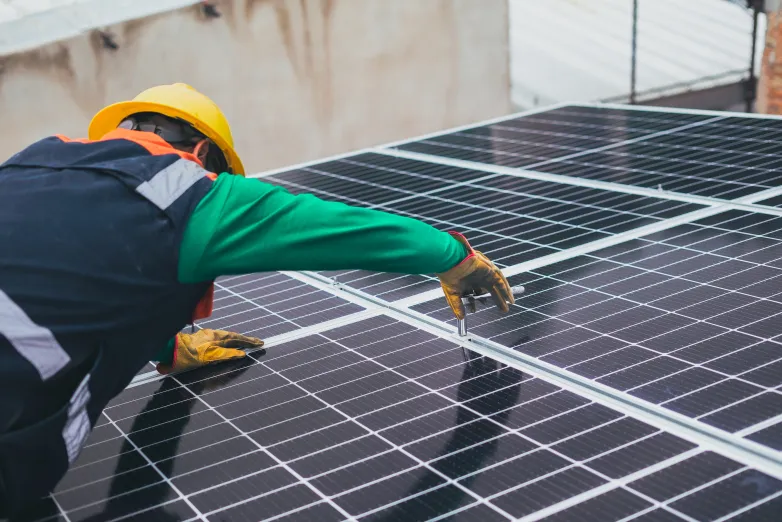A Major Shift to Solar Is On Its Way — Here’s Why

For many decades, solar energy's potential for industry growth and adoption has been untapped. In the next five years, however, SolarReviews expects an additional 340,000 workers in residential solar installation companies alone. This is a 148% estimated increase, and can only grow, especially given that the Inflation Reduction Act (IRA) of 2022 was recently passed in the United States.
The IRA mandates a reduction of carbon emissions by roughly 40% in 2030. Major powers across the globe are taking decisive action on the climate crisis, including investments in renewals. Why is this necessary and how will this transition be made? Keep reading for a closer look as society starts to shift towards solar energy.
The global crisis
Over the last 150 years, human activities have been responsible for almost all of the increase in greenhouse gasses in the atmosphere. This trickles down to affect human health, with the air pollutants causing adverse environmental effects such as photochemical smog or acid rain, as well as the economy.
Climate-warming activity from the top five countries producing emissions including China and USA caused $6 trillion in global losses, as the resulting warmer temperatures can lower agricultural yields, reduce labor productivity, and even decrease industrial output around the world.
Challenges with solar
Using fuels like coal and natural gas for energy produces carbon dioxide, but solar energy is accessible as long as there is sunlight and space. However, the tools to harness solar energy have been inaccessible to the general public due to their high pricing.
This comes from the cost of the equipment. Otherwise, the pricing of the installation — with adjustments to the structure of the building sometimes necessary — may be an inconvenience that many weren’t ready to consider.
Advances in accessibility
However, due to mounting pressure from the public, the environment, and the economy, policy makers and large corporations alike have been pressured to resolve the barriers to solar energy.
Thanks to leading research, microinverter tech has advanced to make solar technology more accessible. A post on how microinverters work by Hoymiles explains that they are more efficient because they are strategically sized to suit individual solar panels rather than a string of solar modules. This reduces the byproduct of waste during conversion while also allowing for smaller units. The resulting variety of sizes in the market has thus led to an increase of potential consumers and installation experts, decreasing its soft costs.
Otherwise, the costs of solar cells are less than half of what they were in the year 2000 and are expected to get even cheaper thanks to lowering prices of polysilicon as we’ve reported in Solar Module 7. This is the result of sizable manufacturing capacities coming online and the intervention of China's federal government to satisfy renewable installation objectives.
Another factor is the rise in fossil fuel prices. Natural gas from Europe is nearly 18 times more expensive than it was in 2019, while lithium carbonate is about 4.6 times as costly. Bloomberg effectively summarizes that the supply chainand conditions to beat climate change is already being built. Large corporations and industries have no excuse to not make the shift to solar.
These changes mean that society will be able to meet the demand of solar energy as policymakers start to monitor emission levels of major producers. The amount of power collected from solar energy has increased over 300-fold in the last two decades. Moving forward, the solar installation industry is forecast to increase by 15% a year for the next three years, and we can expect exponential growth afterwards.
Also read

